What’s data got to do with it?
28.9.2023 – Imagine a building project where a building information model could simulate and analyse different scenarios based on energy, costs, schedules, material emissions, service life and other parameters, all in a single view.

This could be developed into a planning solution, enabling decision makers to make better choices in the early stages of projects. The planning solution would also guarantee that the design and construction is executed according to the plan, creating a more secure future for the building lifecycle.
Ideally, projects would also be able to take relevant historical and current data into consideration, even before starting the project, with the goal of making calculated predictions. A realistic target schedule could be created, and the use of real-time data would help monitor the progress, guaranteeing that project would always be executed on schedule and budget. All information would constantly and seamlessly flow from the project to the customer and the authorities, minimising the issue of reporting.
What is the key aspect in this dream project? The use of verified and high-quality data.
We studied the digital maturity of the construction and real estate industry and found that data is often an outcasted aspect in the field. We found four main challenges to tackle: the quality of data, the lack of a common data repository, the identification of valuable data, and the lack of data sharing culture.
For example, less than half of the respondents to our survey on the digital maturity of the real estate and construction update the information of buildings on a regular basis. To make this more complicated, the data comes from many sources without integrations. Only 25% of respondents reported having a clear understanding of how data can support their strategic goals.
The state of digital maturity in the construction and real estate industry
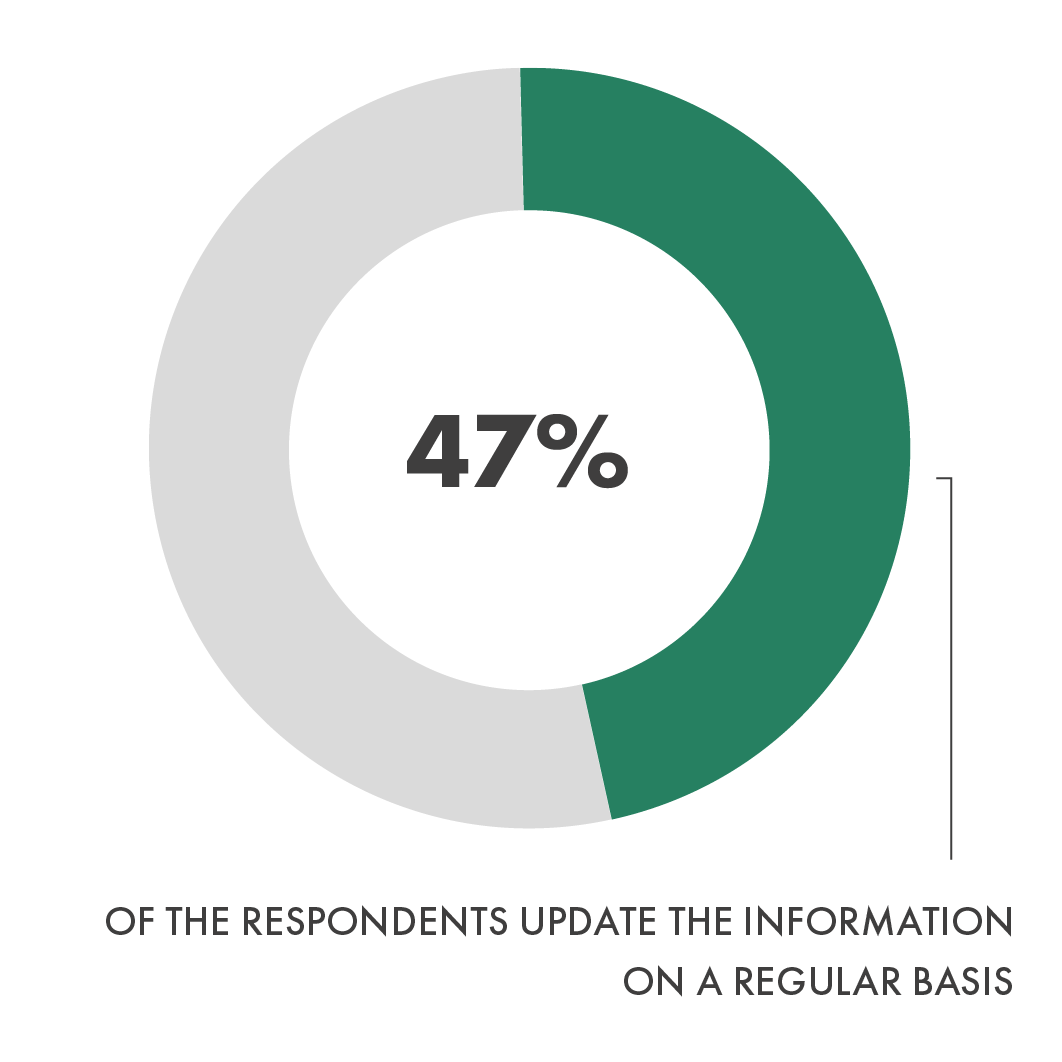
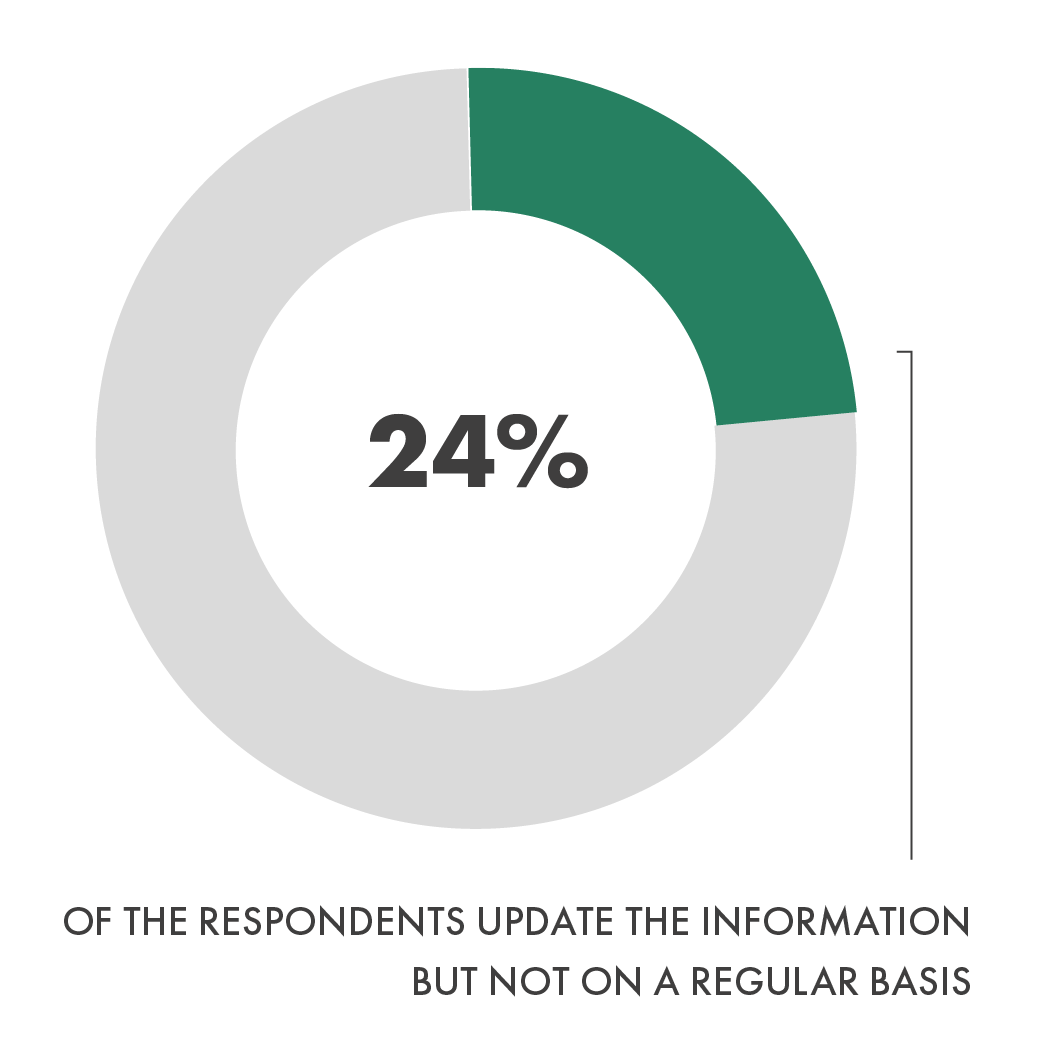
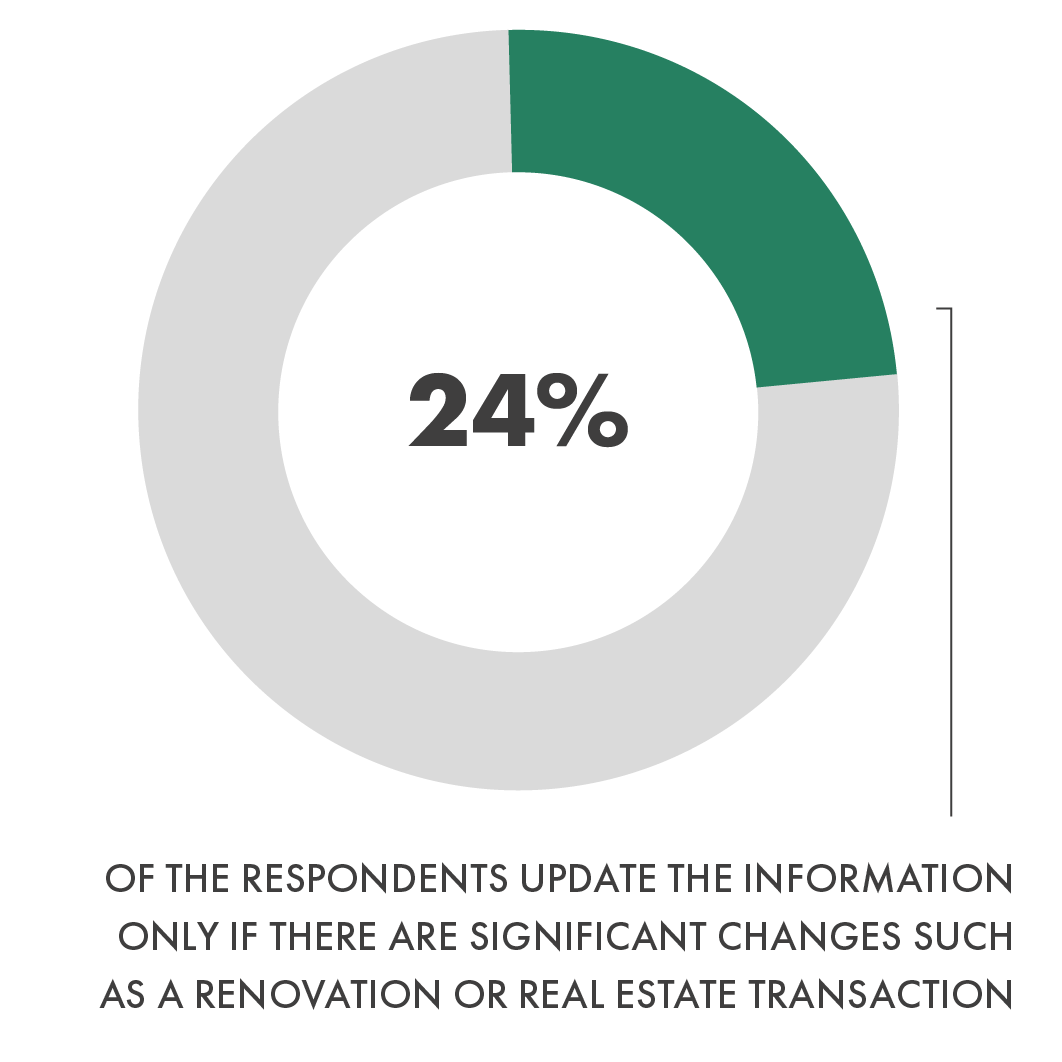
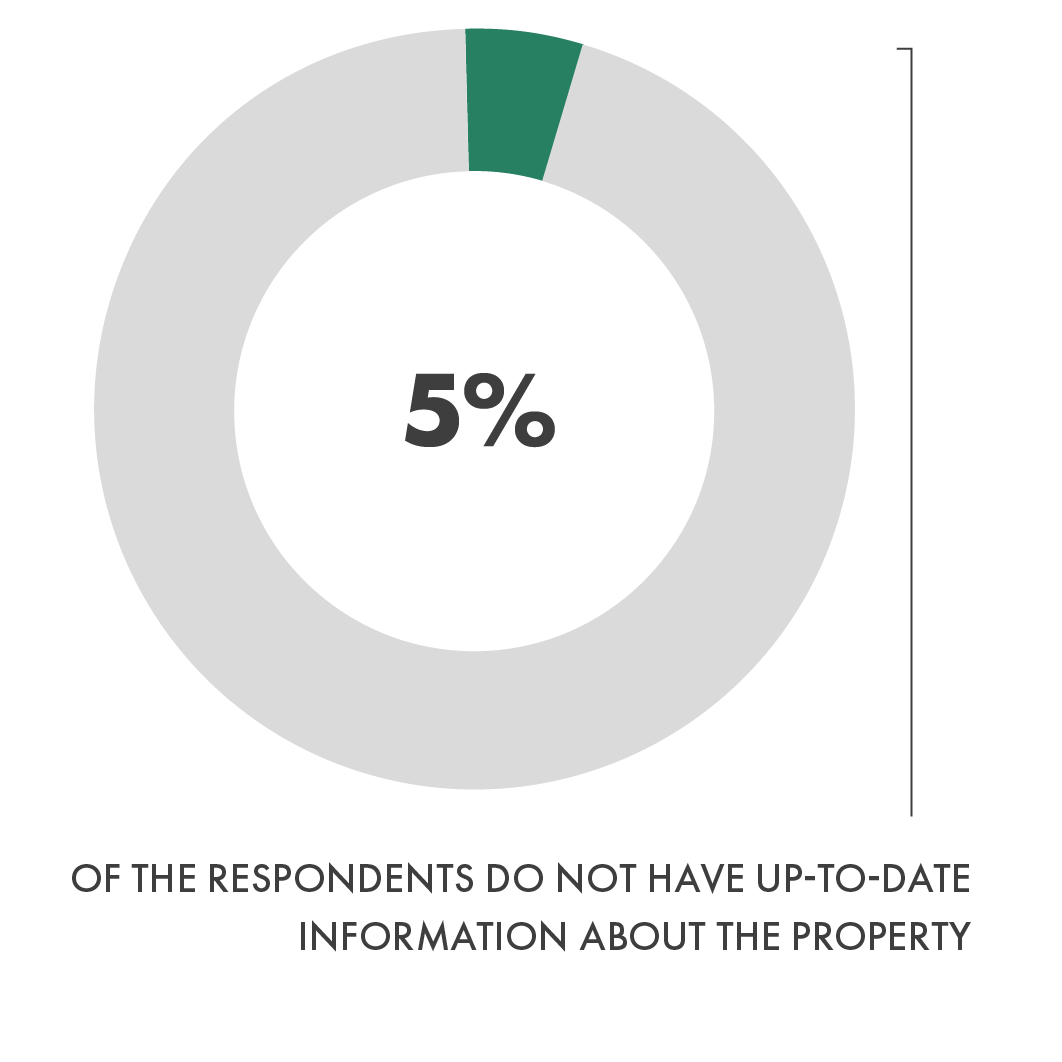
The construction and real estate industry ranks in the top five industries where the most benefits can be obtained from the digital transformation. However, fully capitalising on the transformation requires focusing, shared standards and new understanding of the value of the data.
Stronger efforts on ensuring quality data is a key step in unlocking benefits that can result in the wider usage of data and digital technologies. Guaranteeing reliable, high-quality, and trustworthy data will facilitate the development of use cases that can create substantial changes in the construction and real estate industry.
All aspects of a project require project-specific data, but the core data needs to be kept clean, from start to finish, to be leveraged throughout the project lifecycle and in the planning of future projects.
Read more about the four challenges and solutions in utilising data’s full potential in our 2023 Market Research – download the report:
Download the report
Data is often an outcasted aspect in the construction and real estate industry
Main challenges to tackle towards higher digital maturity
- Lack of quality of data
- Lack of a common data repository
- Identification of valuable data
- Lack of data sharing culture
Get in touch!

Francisco Forns-Samso
Read more our blogs

How can a construction manager make it easier to implement an international project in Finland?
15.04.2025 – Granlund’s construction management experts help international industrial and data center operators throughout the project, from selecting the location to site…

How can you measure the impacts of construction on biodiversity loss?
18.03.2025 – As much as a third of biodiversity loss is the result of construction. In our pilot project, we tested biodiversity…
- Sustainability

Proactive support for wind farm condition management
12.03.2025 – Wind farms are demanding infrastructures whose preventive maintenance is especially important in the northern conditions. Proactive condition management enables the…
- Innovations

Technology can be the painkiller for your CSRD reporting headache
28.10.2024 – Sustainability professionals: don’t miss this prime opportunity! Use the reporting requirements as your mandate to build your sustainability dashboards and…
- Data and digitalisation
- Sustainability

Five Key Insights into the Future Superblock – Achieving Carbon Neutral Urban Planning
11.06.2024 – Local area energy plans support carbon neutral urban planning. The superblock of the future is built on these principles.
- Energy
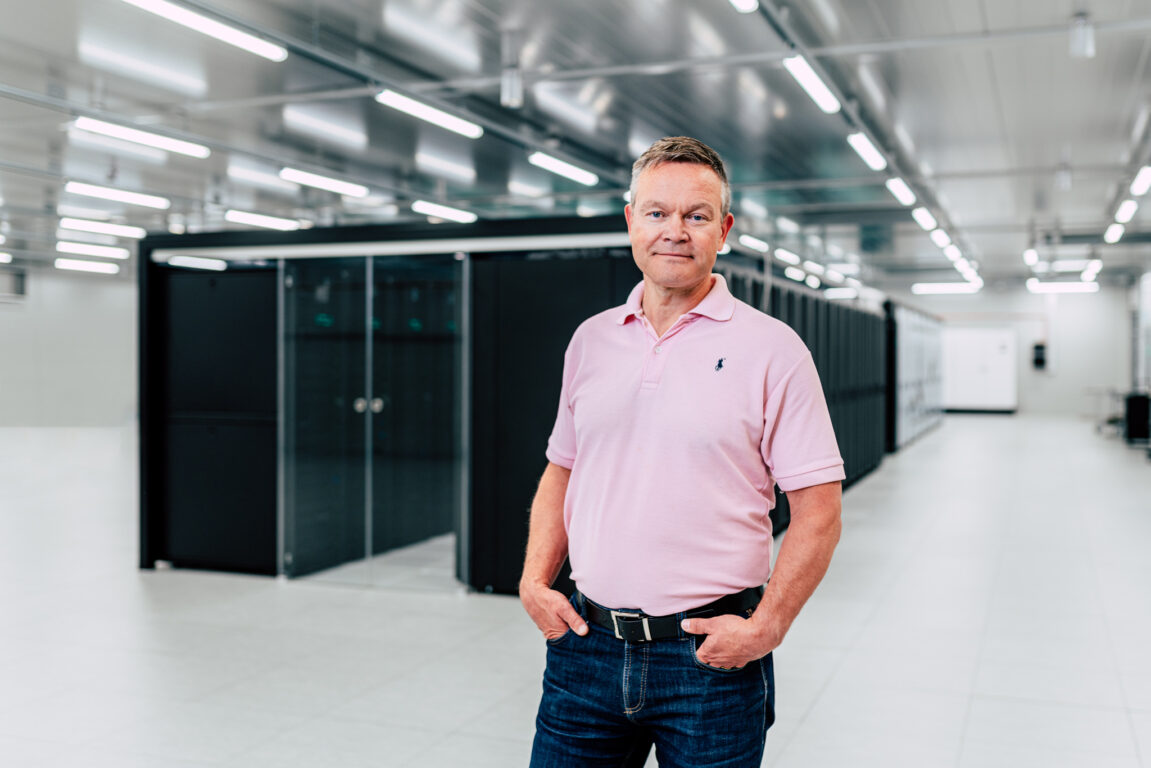
Finland and Sweden are the best locations for data centers
06.06.2024 – Of all the countries in the world, the best locations for a data center are Finland and Sweden. We offer…
- Data and digitalisation

Development of sustainable solutions expands from real estate to city blocks
06.02.2024 – At the moment, all development activities are focused around mitigating climate change. We must find new ways of reducing emissions.
- Data and digitalisation
- Innovations
- Sustainability

Three things to consider when choosing a data center designer
20.11.2023 – Responding to the ever-growing need for sustainable data processing means new data center sites are popping up and existing ones…
- Data and digitalisation

Why wouldn’t you share data?
25.10.2023 – The lack of a data sharing culture prevents the construction and real estate industry from utilising data to its full…
- Data and digitalisation

How we calculate our carbon handprint
10.10.2023 – When we help our customers reduce their carbon footprint, we increase our carbon handprint. We calculate our carbon handprint using…
- Sustainability
Subscribe to our newsletter
Be among the first to hear about the latest news and trends relating to Granlund and the real estate and construction sectors
